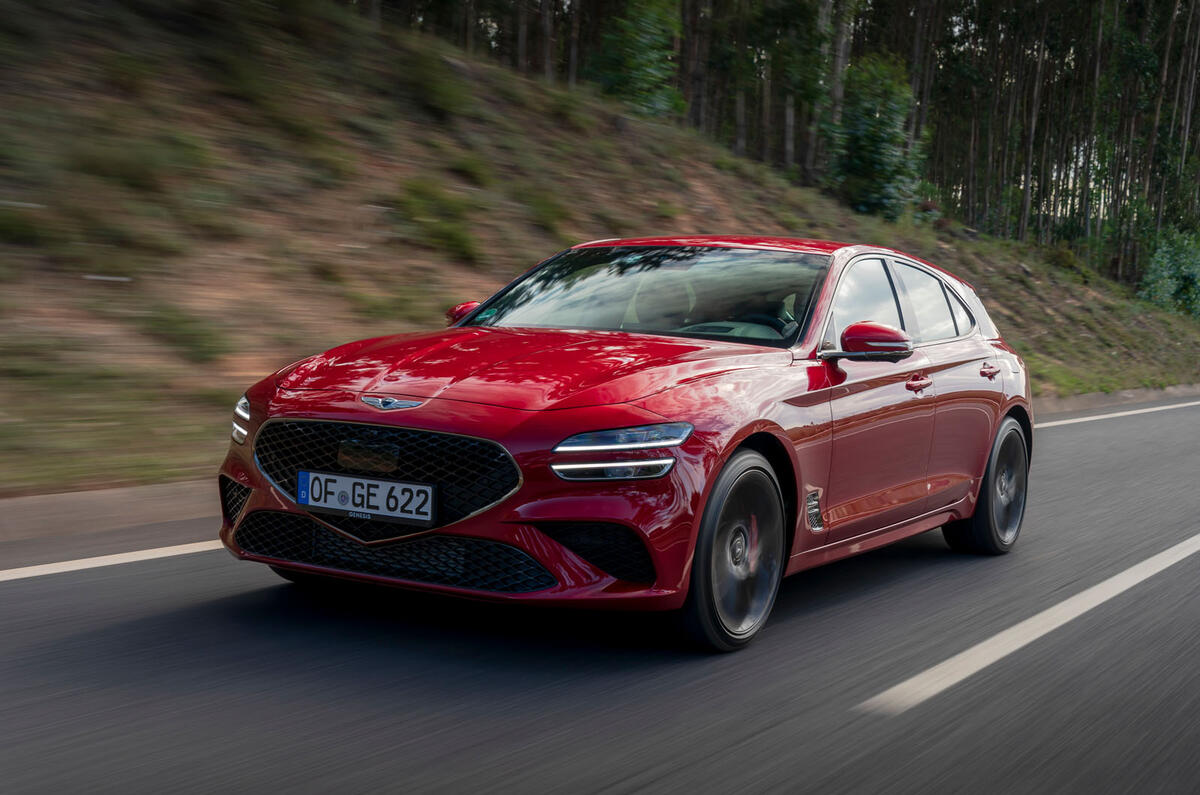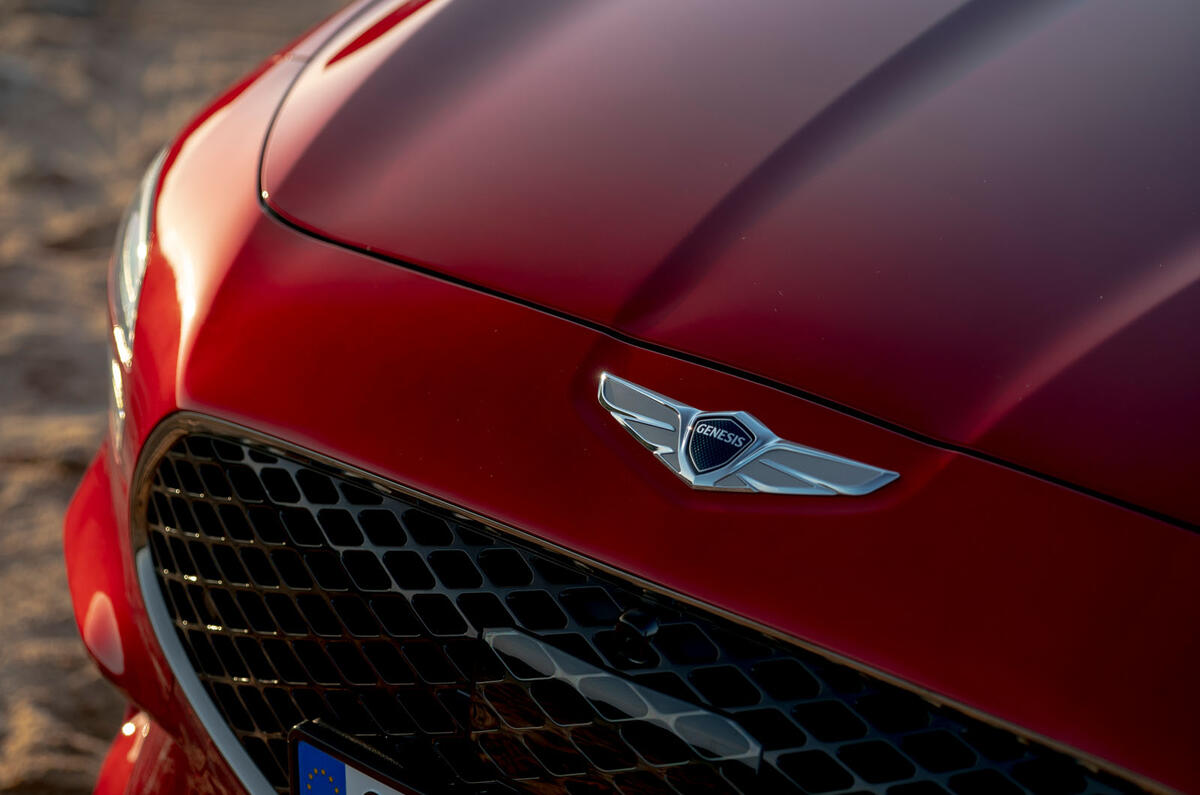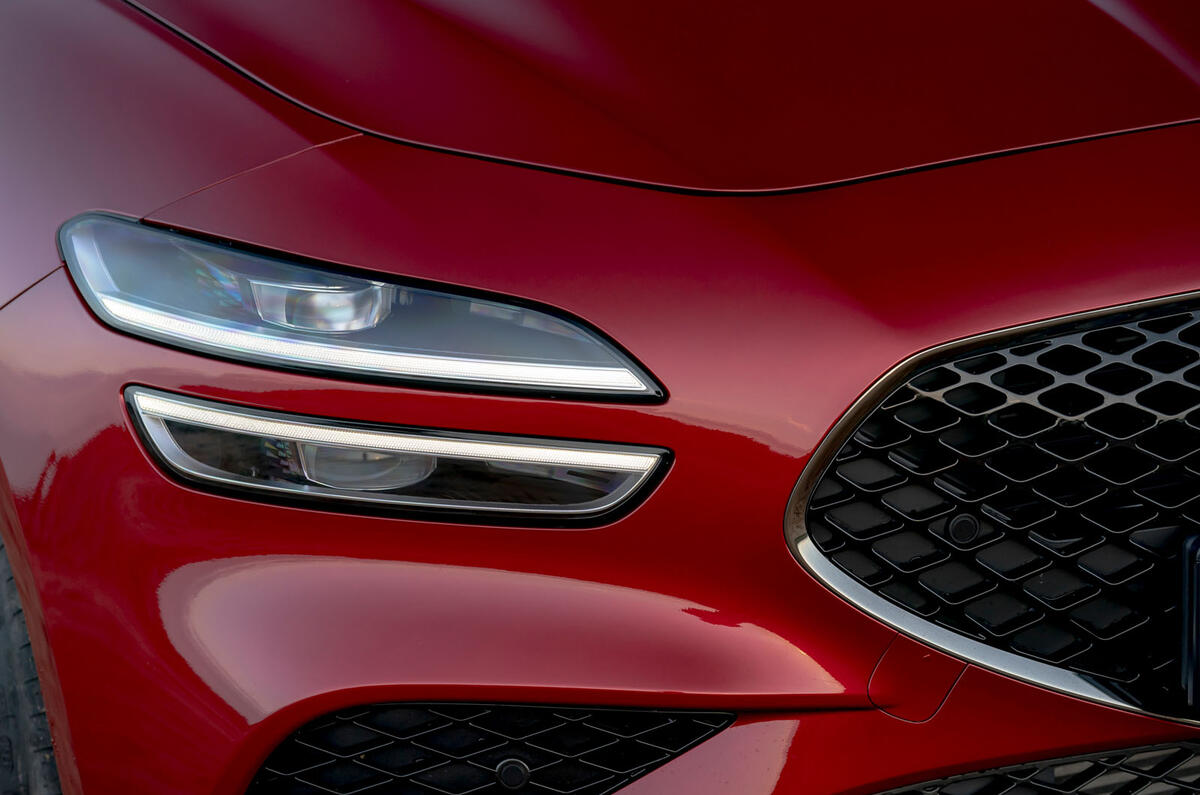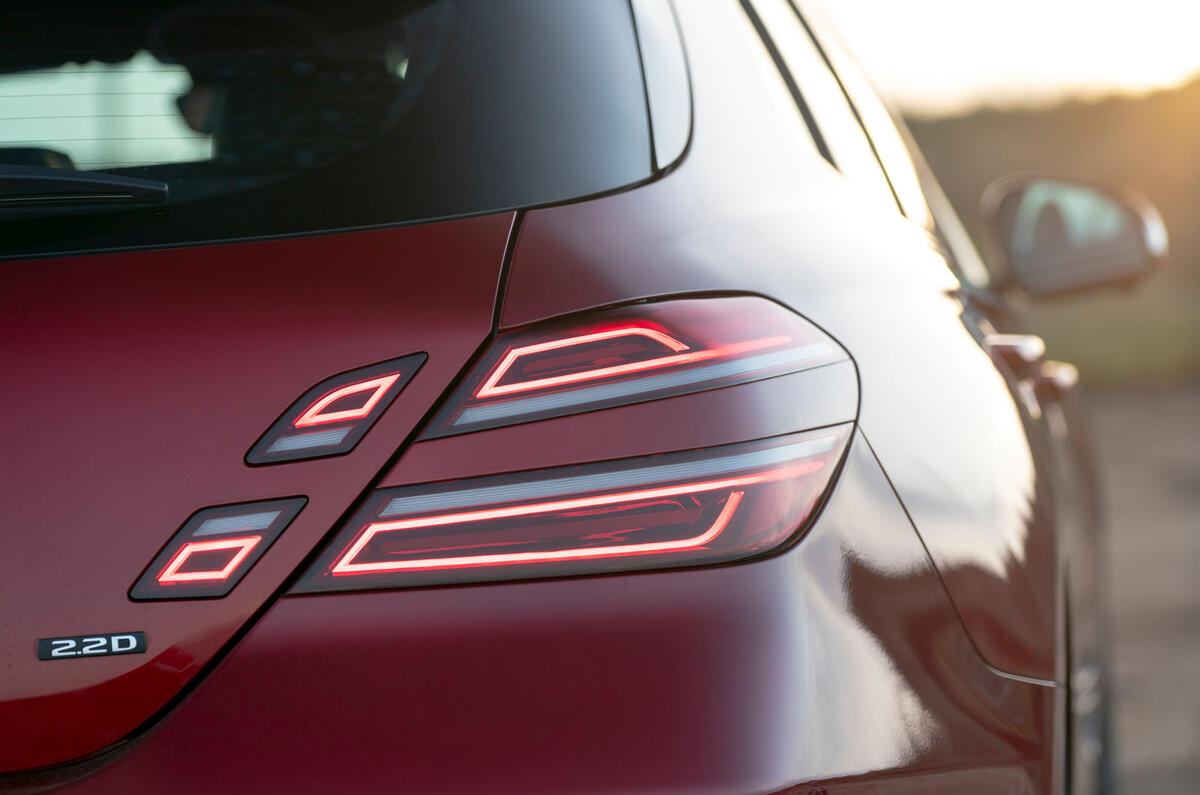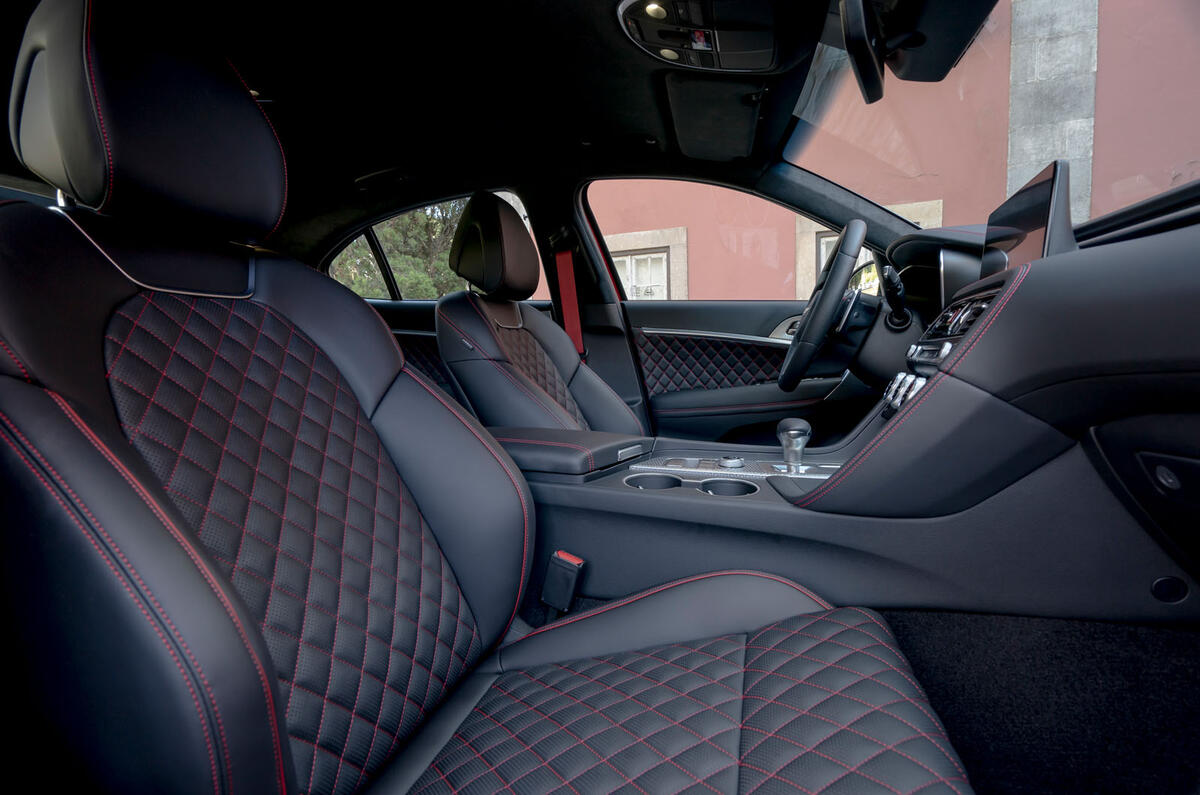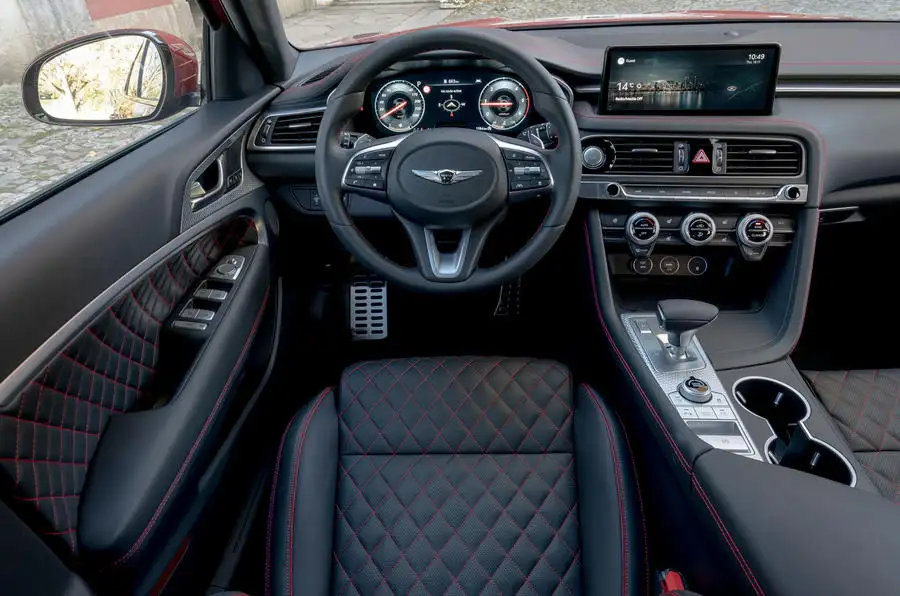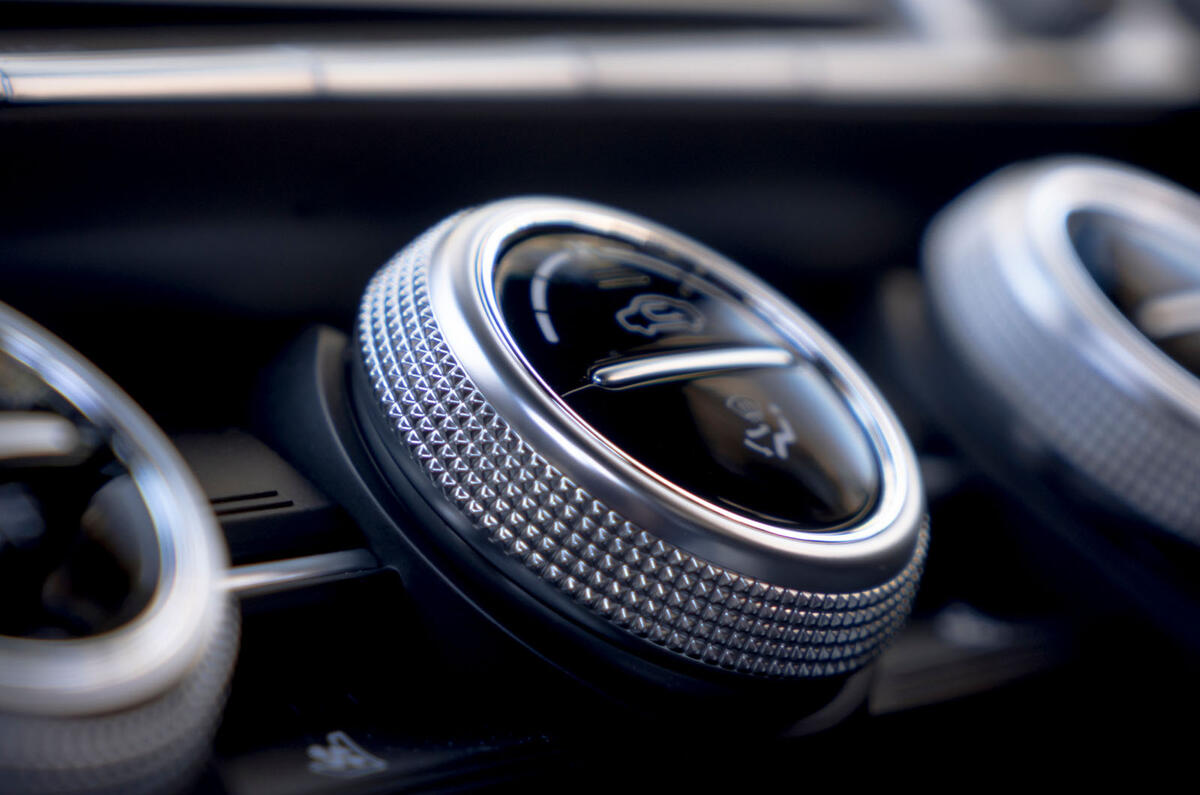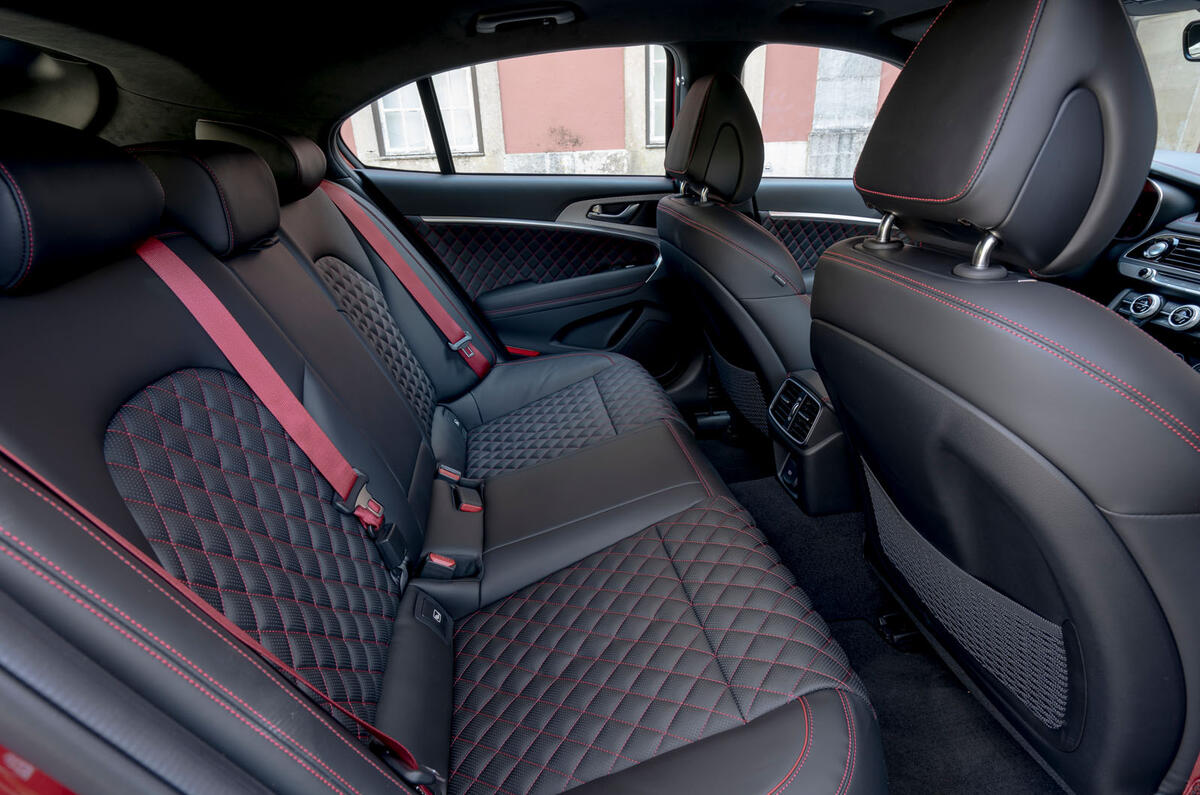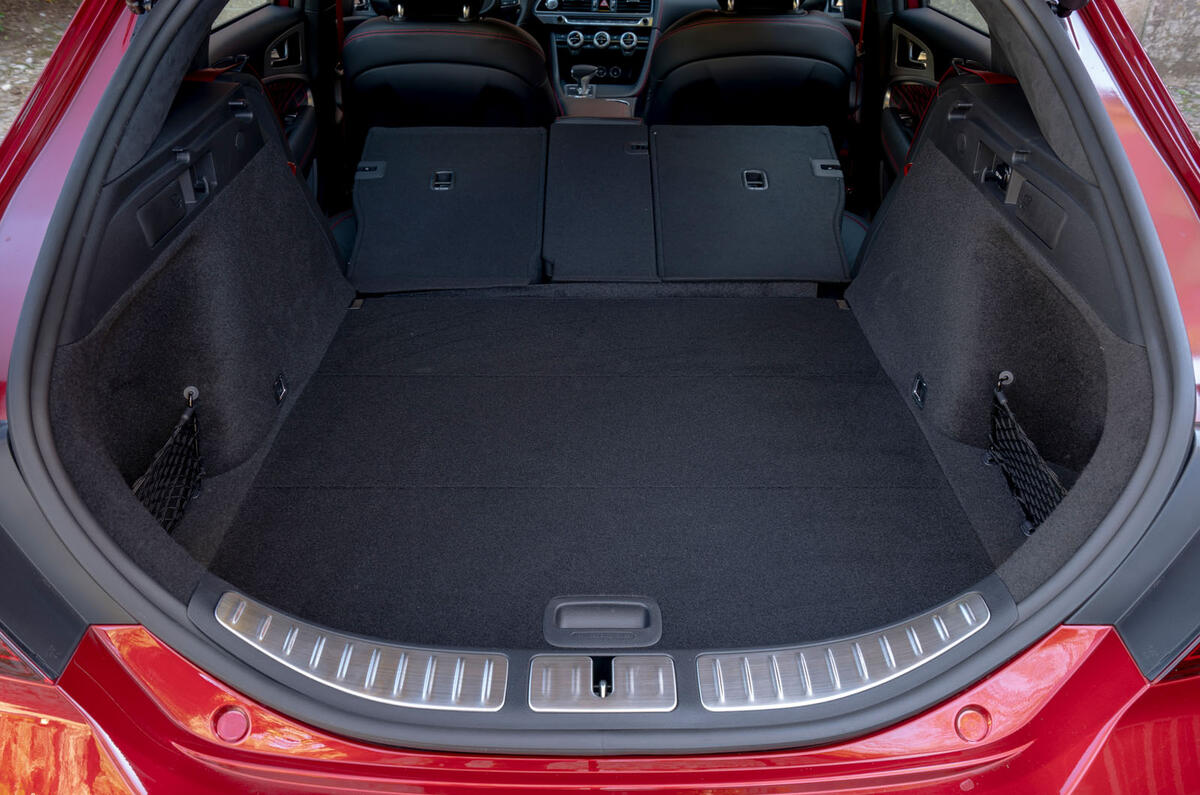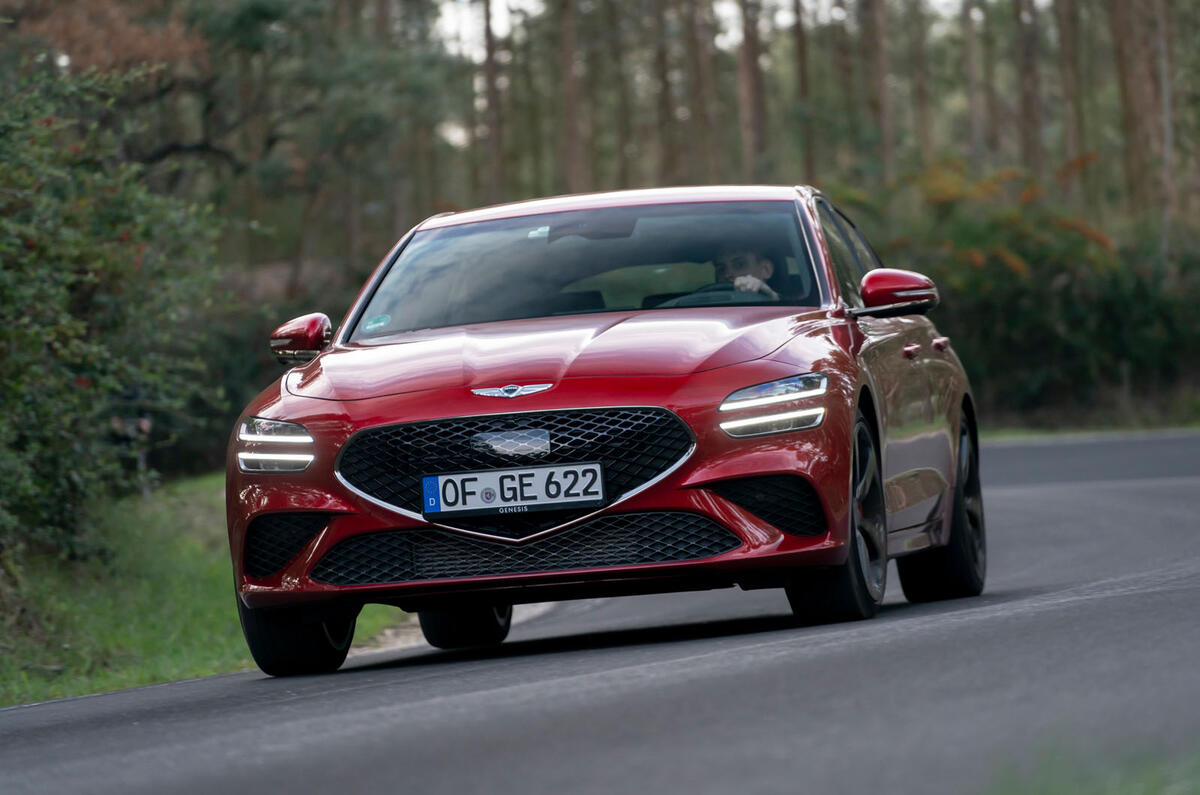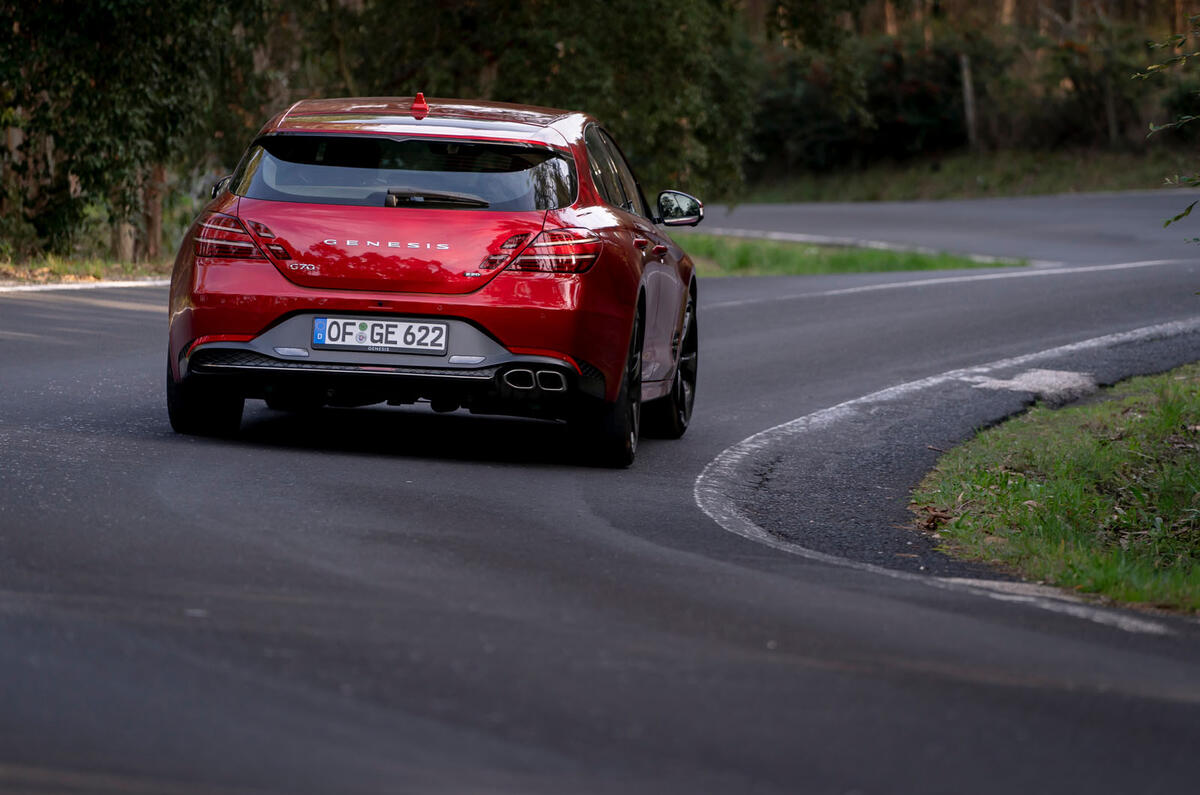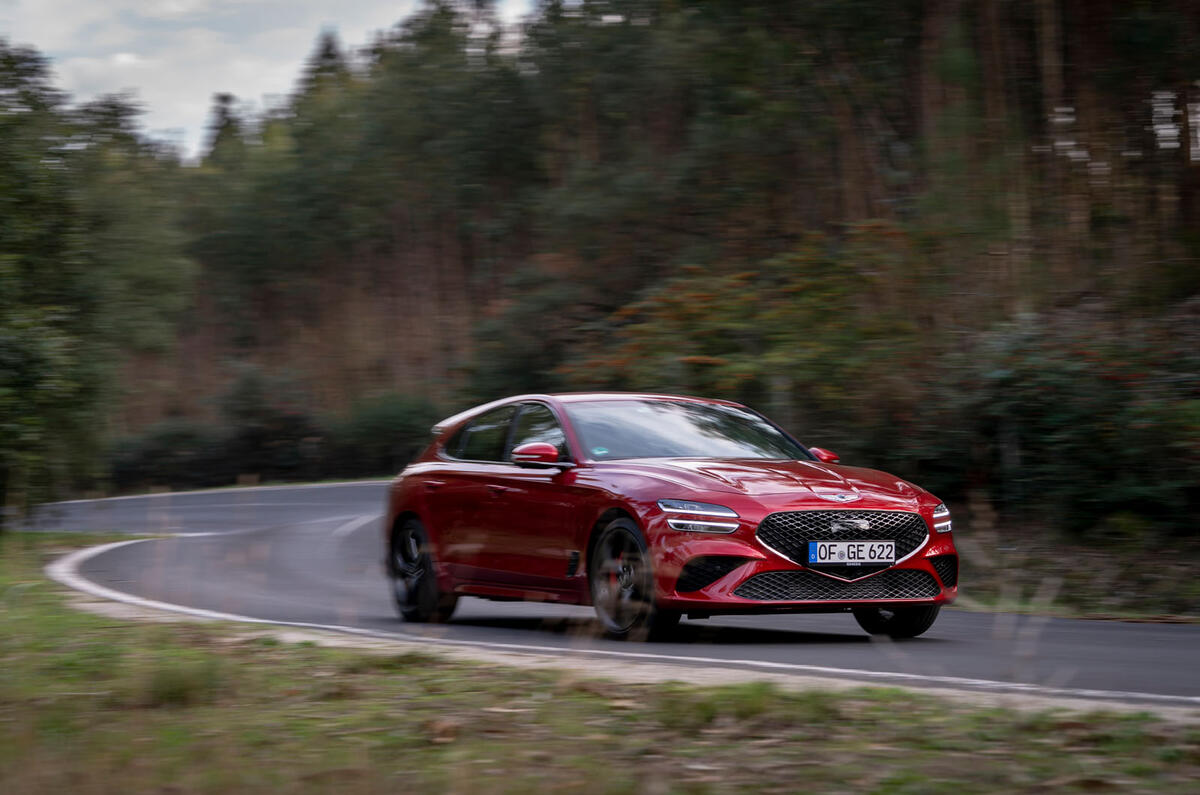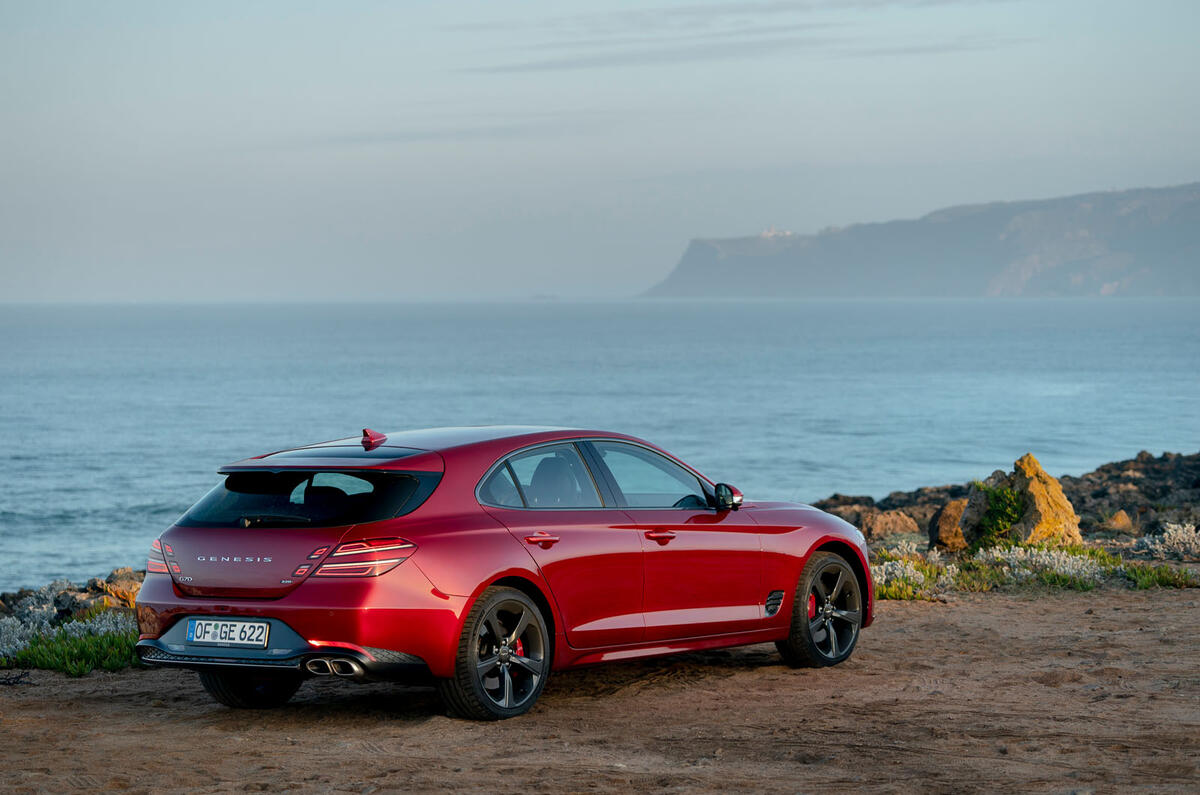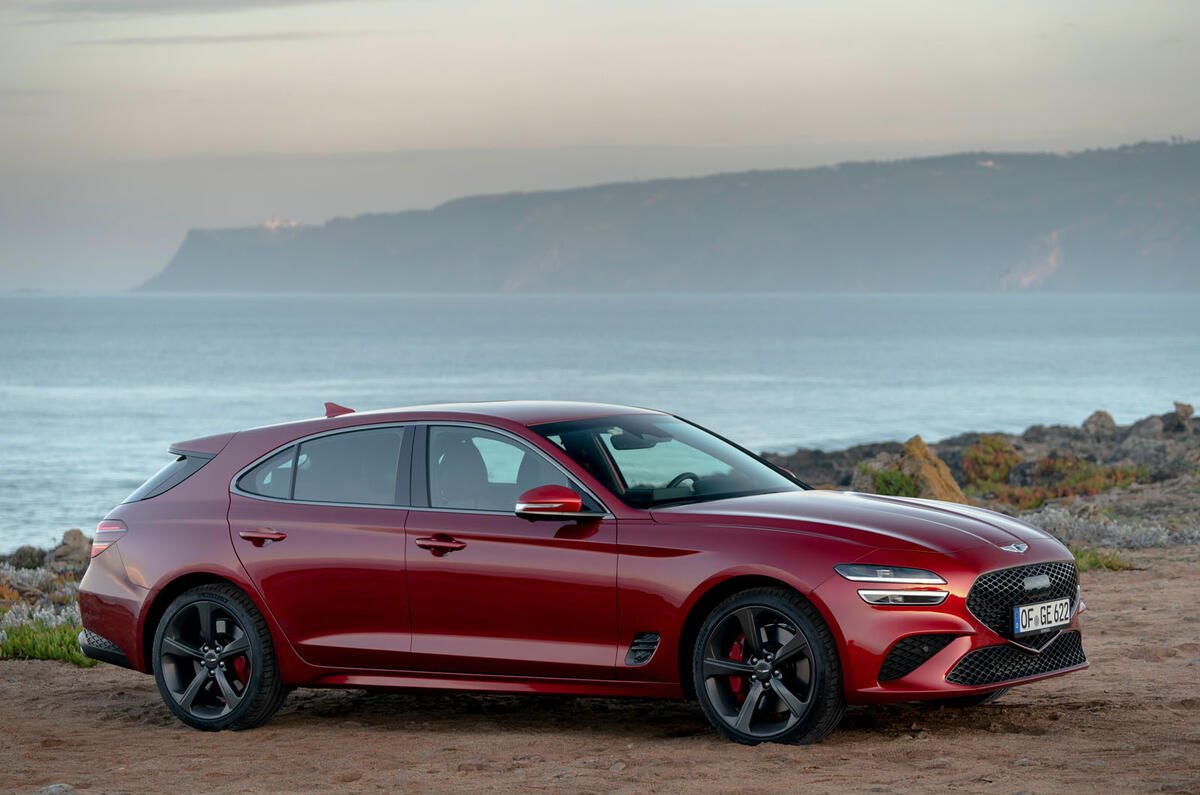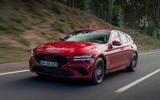The Genesis G70 Shooting Brake isn’t just another compact executive estate derivative, nor is it just a Genesis G70 with a bigger boot.
That’s because, while the G70 saloon was and remains very much a global Genesis model, the Shooting Brake is fully European. It was developed explicitly and exclusively for the European market; it won’t be sold anywhere but here; and that has allowed Genesis Europe’s German-based development engineers a much freer reign not just to fine-tune the car’s ride and handling, but to specify the hardware of the car’s suspension and steering systems at a more meaningful level to suit our roads and tastes. With Genesis’s other cars, those engineers can retune the software calibration of gearboxes, power steering and adaptive dampers, and possibly change tyre specifications; but with this one, it’s been able to go a lot deeper.
A rival for the likes of the BMW 3-Series Touring and the Audi A4 Avant, the car has just gone on sale in the UK, and is priced pretty temptingly from a whisker over £35,000. It’s powered by a choice of four-cylinder petrol and diesel engines coupled to eight-speed automatic gearboxes, and comes in rear-wheel drive form only. The entry-level 2.0-litre turbo petrol option develops 194bhp; the 2.2-litre diesel pips that with 197bhp and 325lb ft of torque; and the range-topping 2.0-litre turbo petrol offers 241bhp and a sub-6.5sec 0-62mph time.
It’s available in a lineup of three model derivatives – Premium Line, Luxury Line and Sport Line – with the entry-level petrol engine partnered exclusively with the first of those. Adaptive dampers are fitted to both Luxury- and Sport Line cars, while the latter also get 19in wheels, Michelin Pilot Sport 4 S performance tyres, uprated Brembo brakes, a sports exhaust and a limited-slip differential. It was a 2.2-litre diesel Sport Line car we spent the most time in, but also drove a 241bhp Luxury Line 2.0-litre petrol.


